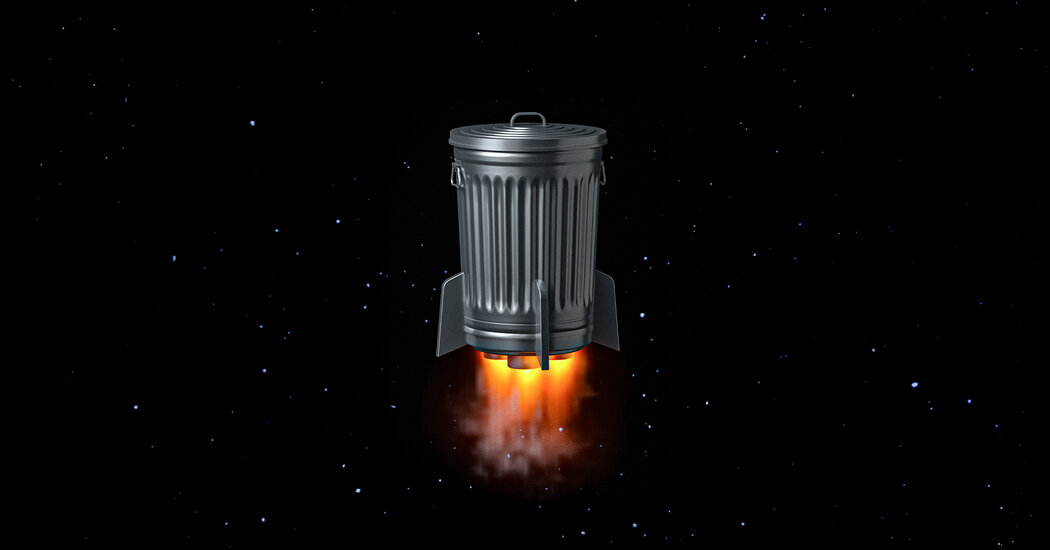This is the best summary I could come up with:
But for all that the moon and Mars are targets for eventual future human settlement, the relative ease of reaching our own planetary orbit has already expanded our grasp into space.
Almost all of those were government satellites, both military and nonmilitary projects — space science, weather observation and so on — and almost all from the United States and U.S.S.R. LEO stretches up to about 1,200 miles above Earth’s surface.
But all the advances in technology that the Cold War spurred — from solar power for satellites to global telecommunications — wouldn’t sit fallow for long; there was science to do, and profit to generate.
In the wake of this collision, various U.S. government agencies took on the responsibilities of space traffic control, tracking satellites and known large debris, alerting operators when a close call is coming.
McDowell said, ‘‘We haven’t gone into full ‘dodge’ems’ yet, but it’s very clear from the rate of false alarms, near misses and minor collision-impact events that things are skating on the edge.’’
Starlink satellites are already hampering astronomy research done from ground-based telescopes (and even Hubble) with visual occlusions and radio noise; the ambient light scattering off all those extra bodies also risks corrupting the darkness of night.
The original article contains 2,019 words, the summary contains 206 words. Saved 90%. I’m a bot and I’m open source!



